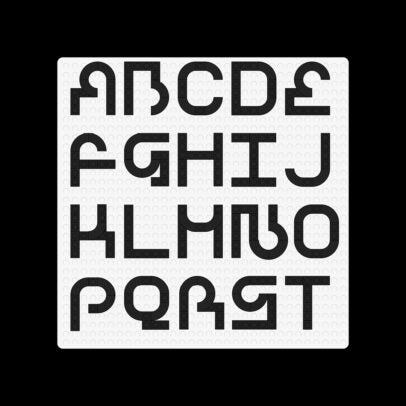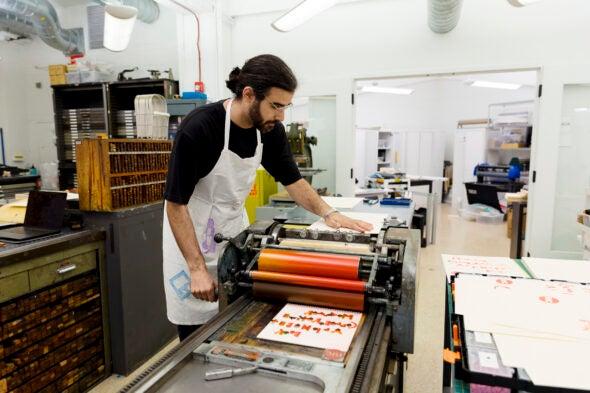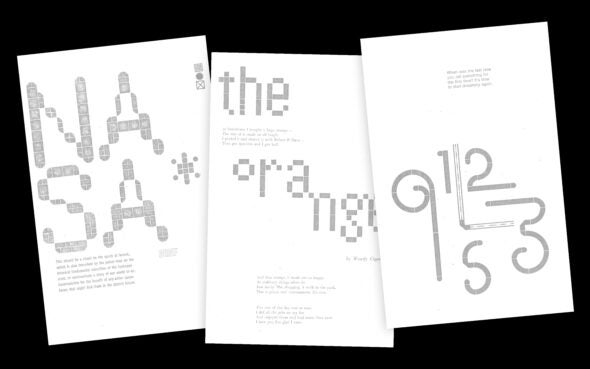Exploring letterform design through LEGO, the printing press
For decades, LEGO bricks have let people build whatever strikes their imagination, from dinosaurs to spaceships to cityscapes and beyond. In a University of Illinois Chicago classroom, the School of Design’s Pedro Neves found that the modular system could also fulfill an educational research purpose, allowing students to learn the practice of typography by designing letters and numbers.
LEGOtype, an exercise Neves developed for his advanced graphic design course in 2022, started with a simple challenge: Take a pile of LEGO bricks and design any letter of the alphabet. Students quickly discovered that what seemed like elementary playtime contained surprising depth, forcing them to experiment and ask questions about the design principles that make a letter legible.
Letterform design involves manipulating the shape of individual letters and numbers by changing their thickness and height or adding flourishes such as serifs and stems. With LEGOtype, students use flat LEGO bricks in a variety of colors and shapes, from circles and rectangles to half-moons and stars, to iteratively build their own type designs; first digitally, then with real bricks on a flat, square LEGO plate.
“It’s really thoughtful experimentation with formal visual research,” said Neves, a clinical assistant professor. “Once you start diving into the nitty-gritty of changing one shape at a time and seeing how much that affects the design, then students are like, ‘Oh, actually, there’s something to learn here.’”



During the project, Neves realized that the completed LEGO plates resembled the wood and metal type blocks used in traditional printing presses. With the 60-year-old Vandercook letterpress machine in the School of Design Print Lab, students produced prints from their designs by incorporating colors and classic typefaces.
The letterpress uses similar technology as the original Gutenberg printing press in the 15th century. Operating it requires several manual steps: applying ink to the metal rollers, setting the LEGO plate to the proper height and cranking individual sheets of paper through the machine. This analog process aligns with Neves’ use of LEGOs as a constraint to keep students from relying solely on the convenience of digital design tools.
“The physical making of these letterforms makes everyone slow down,” Neves said. “You have to grab the right block. You have to put them in the right place. If you want to take them out, it takes time. Sometimes it will even be physically painful. But there are moments of serendipity that you can’t experience while using a computer software.”
This year, a new grant from the Awards for Creative Activity program of the Office of the Vice Chancellor for Research will let Neves take his project international by funding the creation of a collaborative book that uses the LEGOtype approach.
Neves has invited 36 designers from around the world to each design a single letter or number using the digital LEGOtype tools and a restricted palette of five colors. He’ll then work with students to assemble the designs in LEGOs and print them by hand using the UIC letterpress. In all, the process will take six months, Neves estimates.
Only 150 copies of the book will be published and distributed to schools, museums and other design-focused institutions. Neves hopes each book will be treated as an educational resource and inspire new letterform research and learning.
“I think it’s just inspiring to see how a small project that started in the classroom can evolve to the point of having dozens of participants from all over the world and the chance to present it in international conferences to a broader audience,” Neves said. “Seeing these small bursts of experimentation that happened in the classroom get translated into bigger experiences feels really exciting.”
